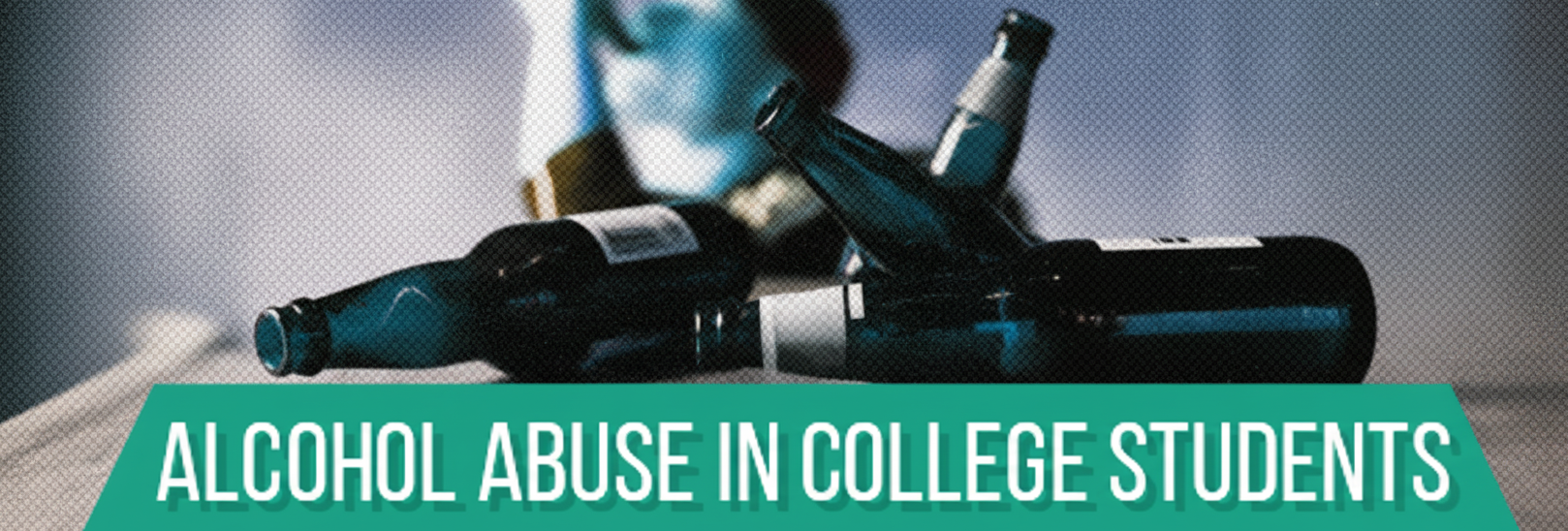Alcohol abuse is widespread in college “party culture,” frequently depicted in movies, TV, and the news. Many students underestimate how dangerous alcohol can be and how quickly casual drinking can turn into alcoholism. Education about the risks, warning signs, and healthier coping strategies is crucial.
How Common Is Alcohol Abuse in College?
- 80% of college students experiment with alcohol.
- 40% engage in binge drinking (4–5+ drinks per occasion).
- 12% binge drink on five or more occasions per month.
Effects of Alcohol Abuse
Academic Performance
Alcohol can dramatically affect grades: missed classes, incomplete assignments, poor exam results, and lower overall GPA. Hangovers and fatigue contribute to decreased academic performance.
Legal Trouble
Impaired judgment can lead to arrests for public intoxication or DUI. Approximately 110,000 students aged 19–24 are arrested annually for alcohol-related offenses.
Vandalism and Theft
Studies show a strong link between alcohol use and property damage or theft on campuses, with heavy drinkers more likely to engage in these behaviors.
Drunk Driving
- 19–23.5% of students aged 19–22 report driving under the influence.
- 45–60% report driving after consuming alcohol.
- DUI charges can cost $5,000–$20,000+, along with license suspension, fines, and potential jail time.
Assault and Sexual Risk
- Around 696,000 students aged 18–24 experience alcohol-related assaults each year.
- Alcohol increases vulnerability to sexual assault and lowers inhibitions, raising the risk of STDs and unplanned pregnancies.
Health Issues
- Injuries from falls, accidents, or fights due to impaired coordination.
- Long-term risks: brain cell loss, heart complications, liver damage, sexual impotence, weakened immune system.
Alcoholism
- About 20% of college students meet criteria for Alcohol Use Disorder.
- Binge drinking significantly increases the risk of developing alcoholism.
Death Risks
- ~1,825 students die annually due to unintentional alcohol-related injuries.
- Alcohol poisoning and suicide are serious risks, particularly in students with mental health conditions.
Why College Students Start Drinking
- Transitioning to college can create stress: fitting in, homesickness, new responsibilities.
- Living away from parents often provides greater access and freedom to drink.
- Social gatherings frequently center around alcohol.
- Unstructured free time and pressure from adult responsibilities can increase reliance on alcohol as a coping mechanism.
Prevention Strategies
Education
Parents and schools should educate students about the dangers and consequences of alcohol abuse, including alternative stress management techniques.
Stress Management
Teaching students healthy ways to cope with stress can reduce reliance on alcohol for temporary relief.
Campus Culture
Colleges can help by:
- Providing alcohol-free social activities
- Extending library and recreational hours
- Restricting alcohol advertising
- Partnering with local communities to prevent underage drinking
- Enforcing rules and consequences for alcohol abuse
Identifying Alcohol Abuse and Dependence
Signs of abuse: loss of self-control, poor decision-making, neglected responsibilities, disrupted sleep, and new social circles.
Signs of dependence: increased tolerance, spending more time drinking, withdrawal from family/friends, mood changes, failed attempts to cut back, and difficulty maintaining relationships.
Intervention and Treatment
- Friends and family should address drinking habits early.
- Professional interventionists can provide structured support.
- Counseling and treatment programs help students regain control over alcohol use.
Preventing alcohol abuse on campus requires education, stress management, cultural change, and early intervention. Awareness and proactive support can help students make safer choices and reduce the long-term risks of alcoholism.
